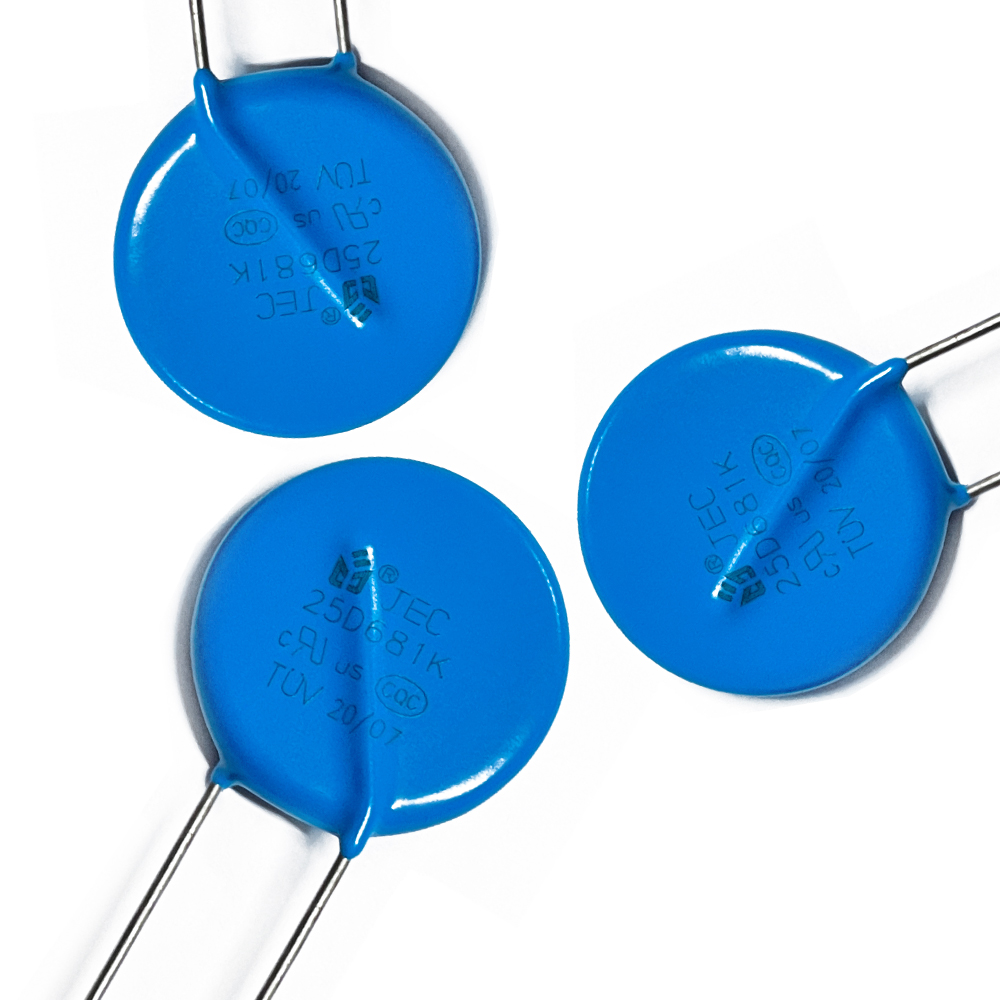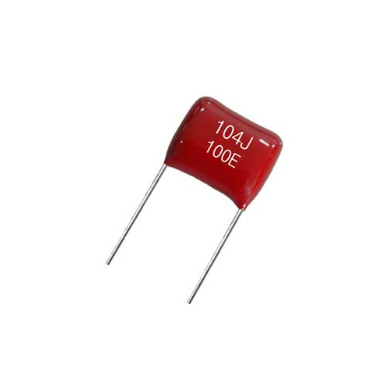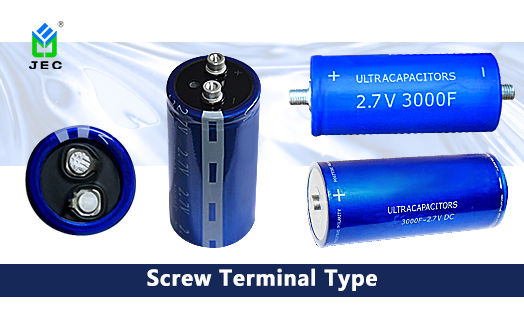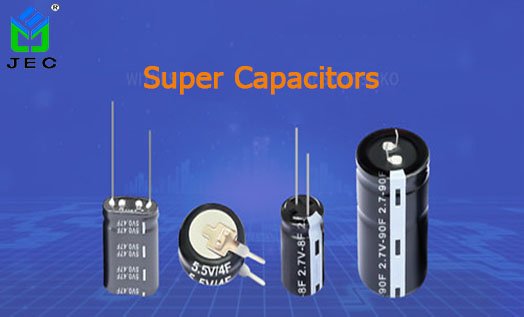Apr. 19, 2024
In electronic components, both varistors (VDRs) and transient voltage suppressor (TVS) diodes are common overvoltage protection devices. They each have unique characteristics and applications.
However, for beginners, it can be confusing to differentiate between VDRs and TVS.
A varistor is a resistor device with nonlinear voltage-current characteristics, where its resistance value changes with the applied voltage.
When abnormal voltage appears in the circuit, a varistor can limit the current by changing its resistance value, thus protecting the circuit.
TVS diodes, also known as transient voltage suppression diodes, are semiconductor devices with fast response times and high surge power absorption capabilities.
When transient overvoltage occurs in the circuit, TVS diodes quickly conduct, clamping the voltage to a normal range, thereby protecting other components in the circuit from damage.
In terms of operation, both TVS and varistors have overvoltage protection functions, but they differ in implementation.
Varistors rely on their nonlinear voltage-current characteristics to provide protection, while TVS mainly relies on the special properties of semiconductor materials to achieve fast response and high surge power absorption capabilities. This difference leads to variations in their performance and applications.

In terms of performance, TVS typically has faster response times and lower clamping voltages. Because TVS is made of semiconductor materials, its internal electron motion is faster, enabling it to respond to transient overvoltage in a very short time.
Moreover, TVS typically has lower clamping voltages, providing better protection for sensitive components in the circuit. In contrast, the response time of varistors may be slightly slower, and their clamping voltages may be higher.
In terms of applications, varistors and TVS have their own advantages.
Varistors are suitable for applications where response time requirements are not as strict but cost is a significant factor.
For example, in some consumer electronic products, varistors can serve as cost-effective overvoltage protection solutions.
TVS is typically used in applications that require fast response and high-precision clamping, such as high-speed data transmission lines and power protection.
In these applications, TVS can effectively suppress transient overvoltage, ensuring circuit stability and reliability.
Although varistors and TVS are both overvoltage protection devices, they differ in performance and applications. The choice of which device to use should be based on the specific application scenario.
This article was provided by JYH HSU (JEC) Electronics Ltd (or Dongguan Zhixu Electronic Co., Ltd.), an electronic components manufacturer who produces all kinds of capacitors and resistors. JEC factories hold ISO 9000 and ISO 14000 certifications.

Apr. 19, 2024

The Working Principle of Supercapacitor
Apr. 19, 2024

Application of Super Capacitor in Power Industry
Apr. 19, 2024
+86 181 2299 5593
+86 18122995593
+86 769 8831 3605
Beside Luchong Bridge, Hou Road, Caibai Village, Daojiao Town, Dongguan, Guangdong, China
Navigation